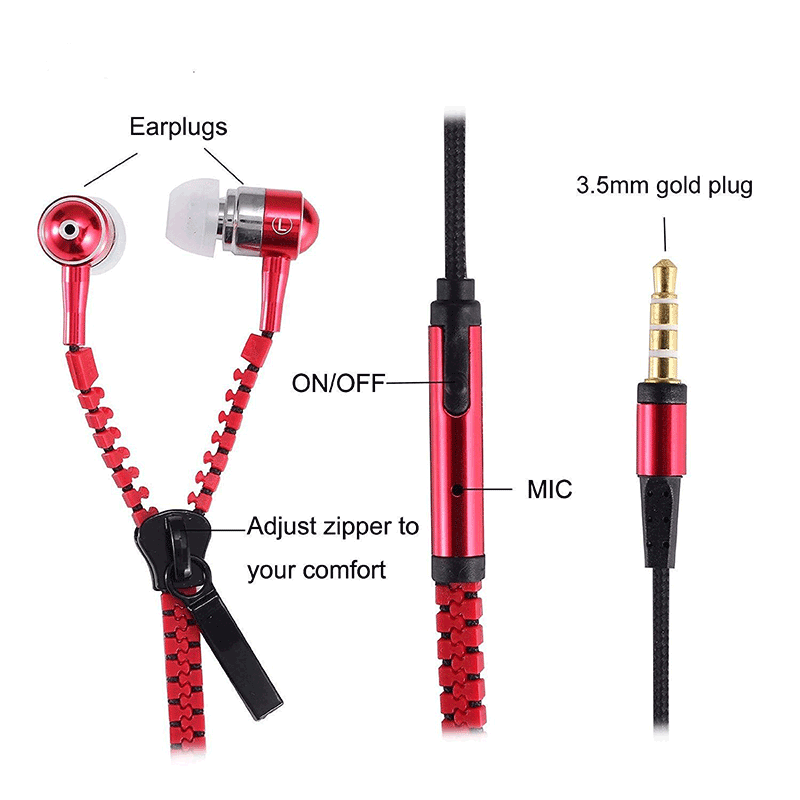In just a few years, virtual reality has evolved from a pure science fiction to a true technology. The success of most VR markets needs to be attributed to VR Inc. Oculus and its Oculus Rift heads, but an important area still lags behind: how tactile feedback can be successfully integrated into virtual reality experiences. A series of VR companies and start-up companies are experimenting with sensory devices that provide physical tactile feedback. Although they have achieved some success, this particular field of technology still requires a lot of research, and there are still many development opportunities.

To answer this question, a team of robotics engineers at the Robotics and Systems Lab in Siena, Italy, presented their findings. They designed and built a device that can provide users with a "tactile feel" and a very high level of fidelity. The team led by Domenico Prattichizzo recently published a concept proof of their discovery and equipment in the journal "IEEE Transactions on Haptics". Praticchisuo and his team developed two distinctly different tactile devices: one for fingertips, like a sleeve; the other for finger-based devices, like rings. This device is equipped with highly accurate and sensitive small electronic devices, such as motion sensors, motors and actuators, which can provide a sense of touch in a virtual environment in a coordinated manner.
A typical finger device for a cannula consists of three small electromechanically controlled plates, and the entire device presses against the finger pad. The plate design is thin enough to pick up physical objects. So the team can re-engrave the process of touching objects as if they were picked up in a virtual world. Even if there is no physical object on the finger, the user can still feel the specific tactile feedback; the ring-shaped haptic device achieves the same result in different media. The user needs to place it in the distal end (root) of the finger so that the built-in motor can stretch the underlying skin. This stretching action allows the user to "trick the brain," creating a feeling that matches the visual feedback in the virtual environment.
From medical to communications and even mainstream consumer technology, this device seems to be helping a range of real-world applications. Whether it is a surgical task that requires very high precision to determine small deviations in the patient's tissue, or sharing of intimate contact with each other through video calls or chats, the tactile technique is very useful. This device can also be used for virtual reality, and it will be possible to experience such features as adding textures. In addition, Pratico's team hopes to develop a version of the arm ring that simulates the object's experience.
The zipper earphone is a zippered earphone, belonging to electronic products, including zipper earphone wire, earplugs and plugs, mainly solving the problem that ordinary earphone wires are easily entangled with each other. The earphone cable has a zipper. When the earphone is idle, the earphone cable can be zippered and used to avoid messy and easy to organize the earphone cable. The length of the earphone cable can be adjusted freely during use, and the earphone cable can be restored after being separated. It is very convenient to use in the merged state.
According to the way of changing the earplugs of the zipper earphones, there are mainly moving coils and moving irons, and electrostatic and equal magnetic earplugs are relatively few. In terms of wearing form, it is mainly used on the in-ear type and ear-hook type, and the headband type is relatively small. From the earphone wire material, it includes metal zipper earphones, injection zipper earphones, nylon zipper earphones and so on.

Zipper Earphone,Zipper Headphones,Zip Type Earphones,Pink Zip Earphones
Shenzhen Linx Technology Co., Ltd. , https://www.linxheadphone.com